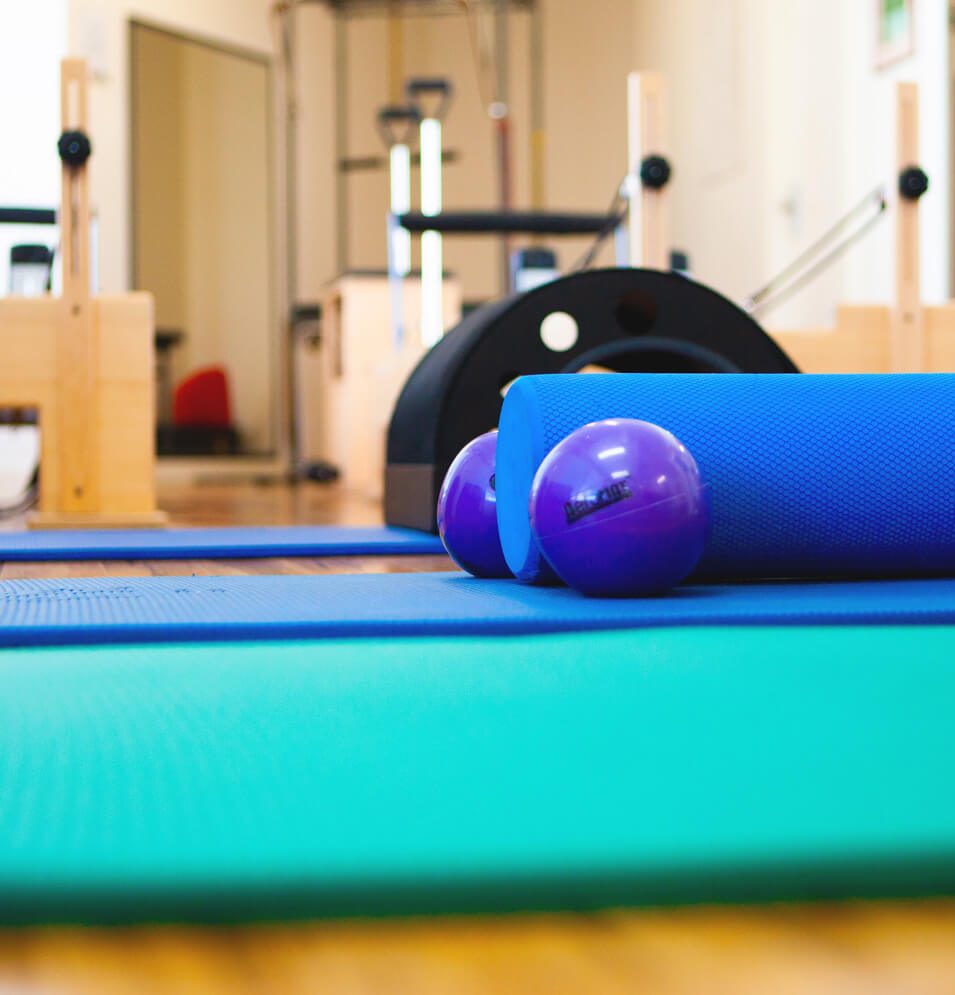Introduction
The mid foot region is a complex structure comprising of the small tarsal bones and numerous supporting ligaments and tendons.
One of these joints which commonly becomes problematic is the cuboid and its other articulations – this is known as cuboid syndrome.
Symptoms
Commonly cuboid syndrome is felt as a sharp consistent pain over the outer aspect of the foot.
The pain tends to be worse with walking on the outer aspect of the foot or during the toe off phase of the walking/running cycle.
Cause
The cause of cuboid syndrome is varied but commonly it can be linked to poor foot biomechanics, especially over-pronation flat arched feet and sometimes subsequent to a severe ankle sprain.
In the first instance the primary cause is due to the repeated pulling on the cuboid by the fibularis longus muscle which is located on the outer aspect of the lower leg.
Treatment
Immediately after injury, treatment of cuboid syndrome involves reducing inflammation.
This requires using the RICER regimen, and referral to an appropriate sports doctor and physiotherapist.
What to do
- Treatment to maximise full rehabilitation following the onset of cuboid pain should involve:
- Physiotherapy aimed at correcting any biomechanical problems.
- Physiotherapy to reduce joint inflammation and improve joint mobility. This will promote healing, full recovery and safe return to activity.
Podiatry may also be needed to assess the problem to promote full recovery and return to sport.
If you feel you may have this problem don’t wait to get better, contact your nearest Lifecare centre.
Click here to find your closest Lifecare clinic.

